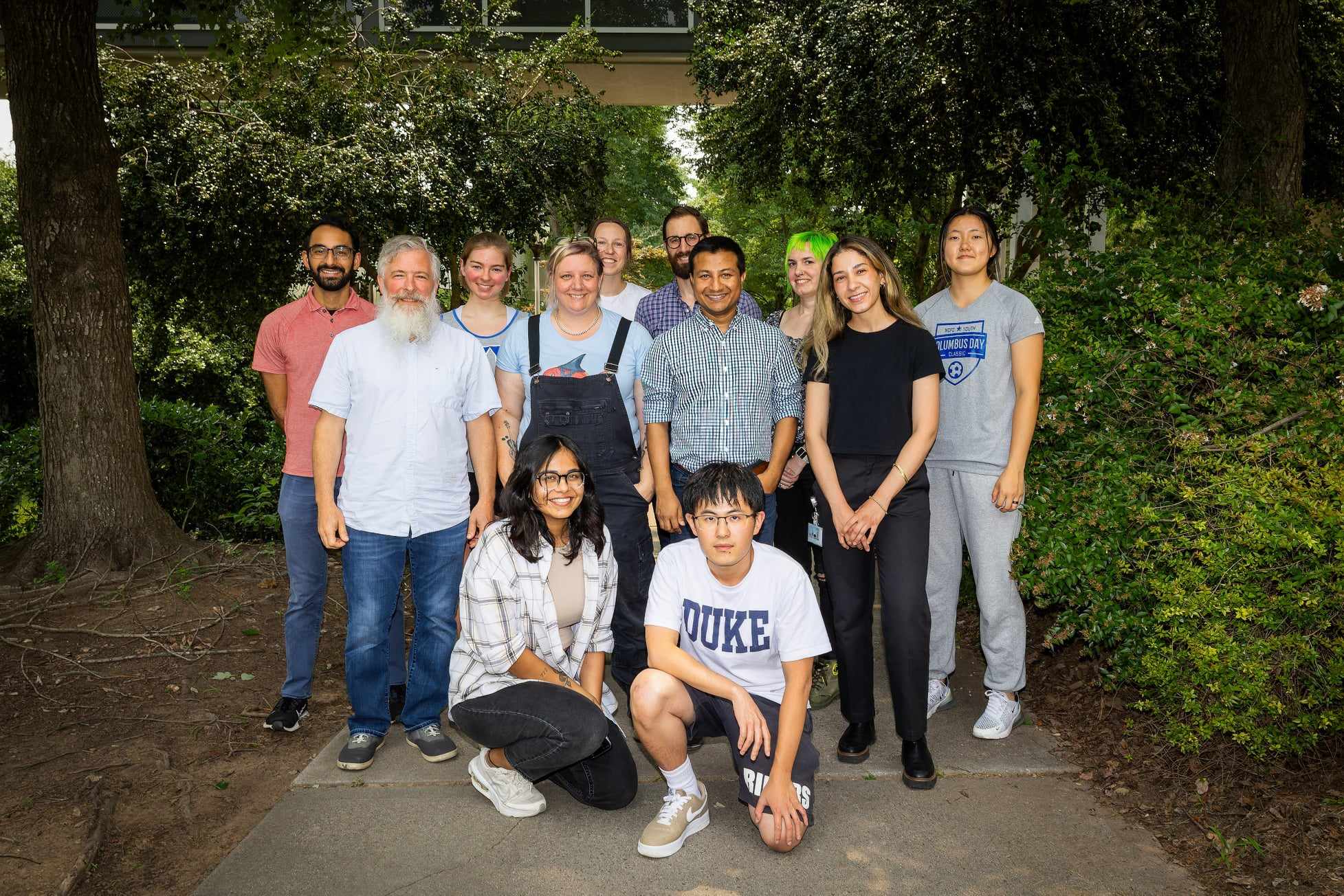Our laboratory studies circuits for cognition, with the goal of answering a fundamental question in neuroscience: How do the many, diverse parts of the brain interact to achieve visual perception and behavior? We focus on the role of the frontal cortex and its communication with other cortical and subcortical areas.
Techniques used in the lab include single neuron and population-level electrophysiology, optogenetics and other genetic methods, psychophysics, and computational modeling.
To translate our basic research into therapies for psychiatric and motor disorders, we apply our techniques to improve transcranial magnetic stimulation (TMS) and the efficacy of viral vectors for gene therapies. Members of the lab come from a wide range of disciplines including biomedical and electrical engineering, neurobiology, neuroanatomy, computer science, and more. Since the research done in our lab is highly interdisciplinary, our lab often collaborates with departments throughout Duke as well as with other institutions.

